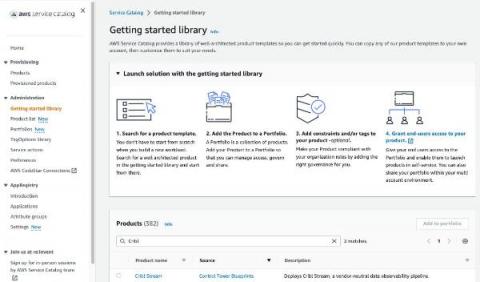How to Augment an Existing Data Lake with Exabeam and Cribl Stream
Organizations have different data lakes they use to search, whether it is Splunk, Qradar, or Sumo Logic just to name a few. Exabeam (UEBA Advanced Analytics) sits on top of those existing data lakes and pulls specific sources by running continuous queries every few minutes into Exabeam. The image below shows a Splunk query to pull windows event logs into Exabeam Advanced Analytics over the port (8089). The query is complex.




